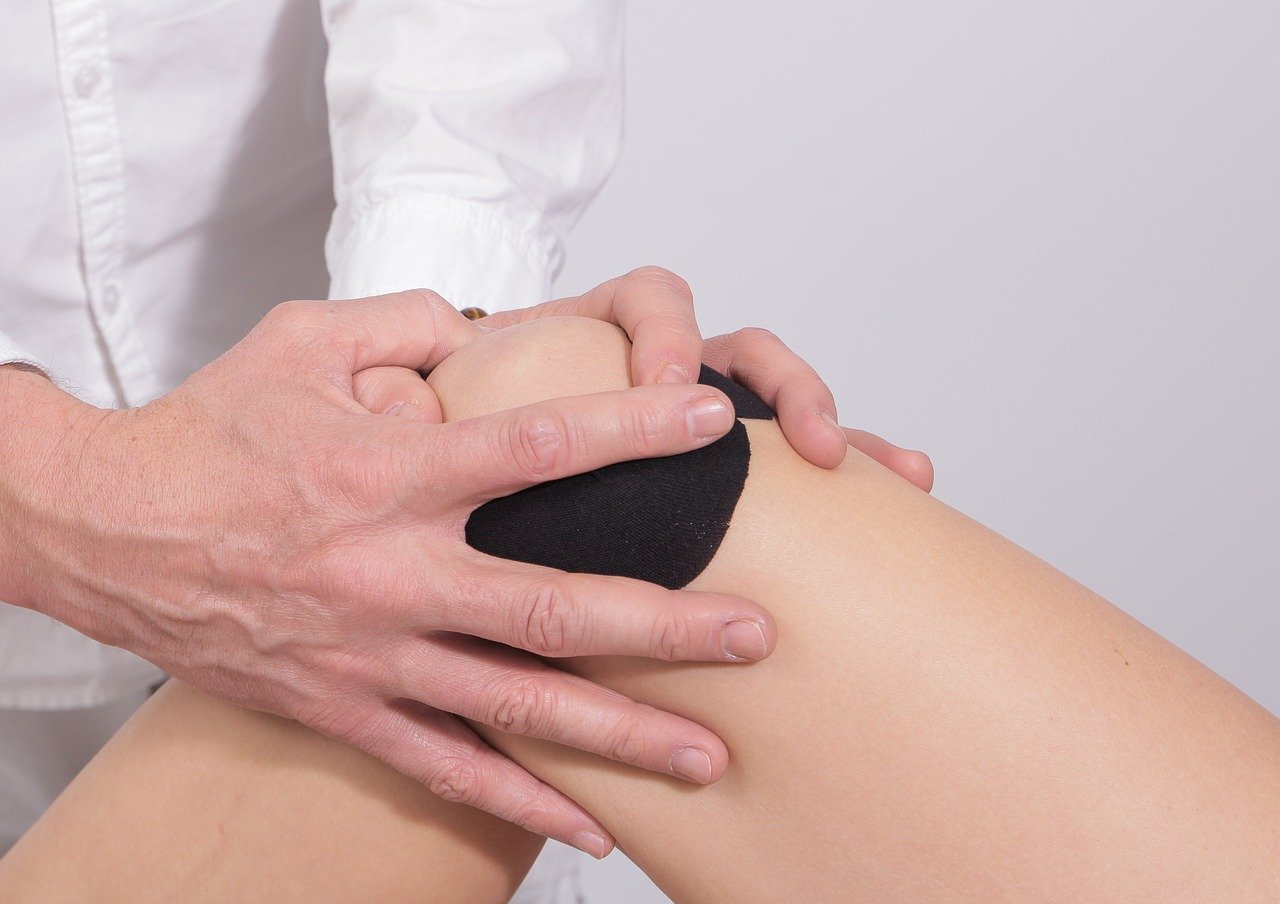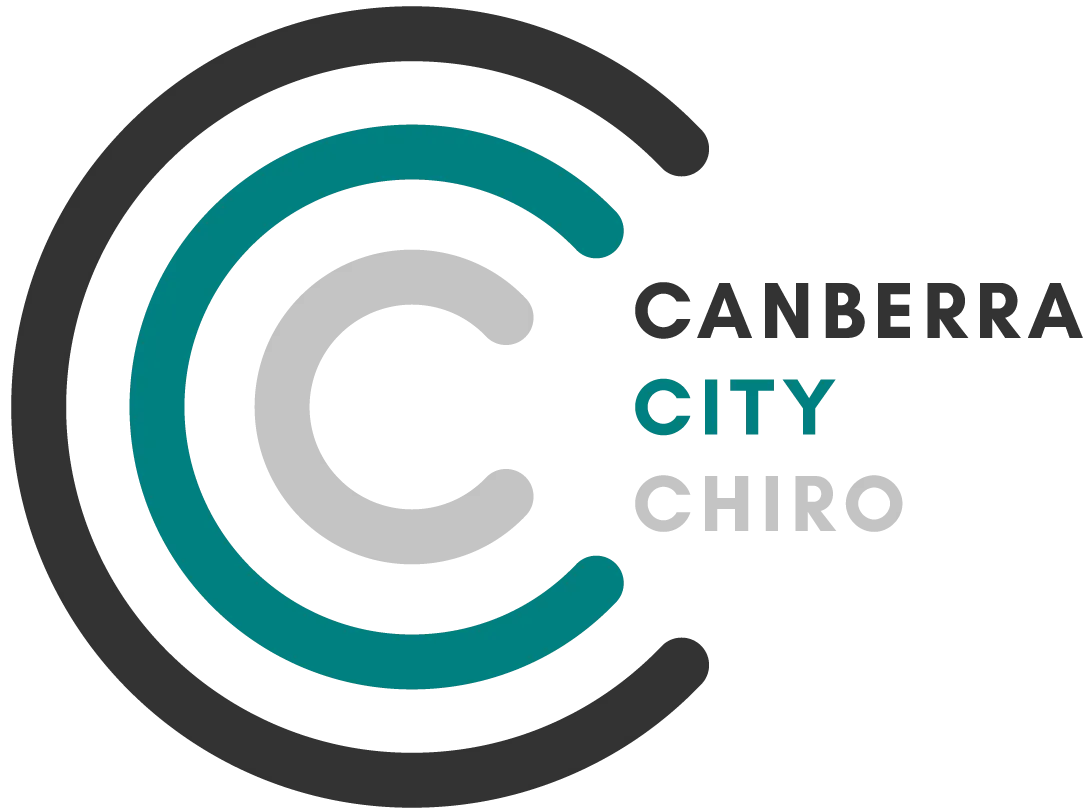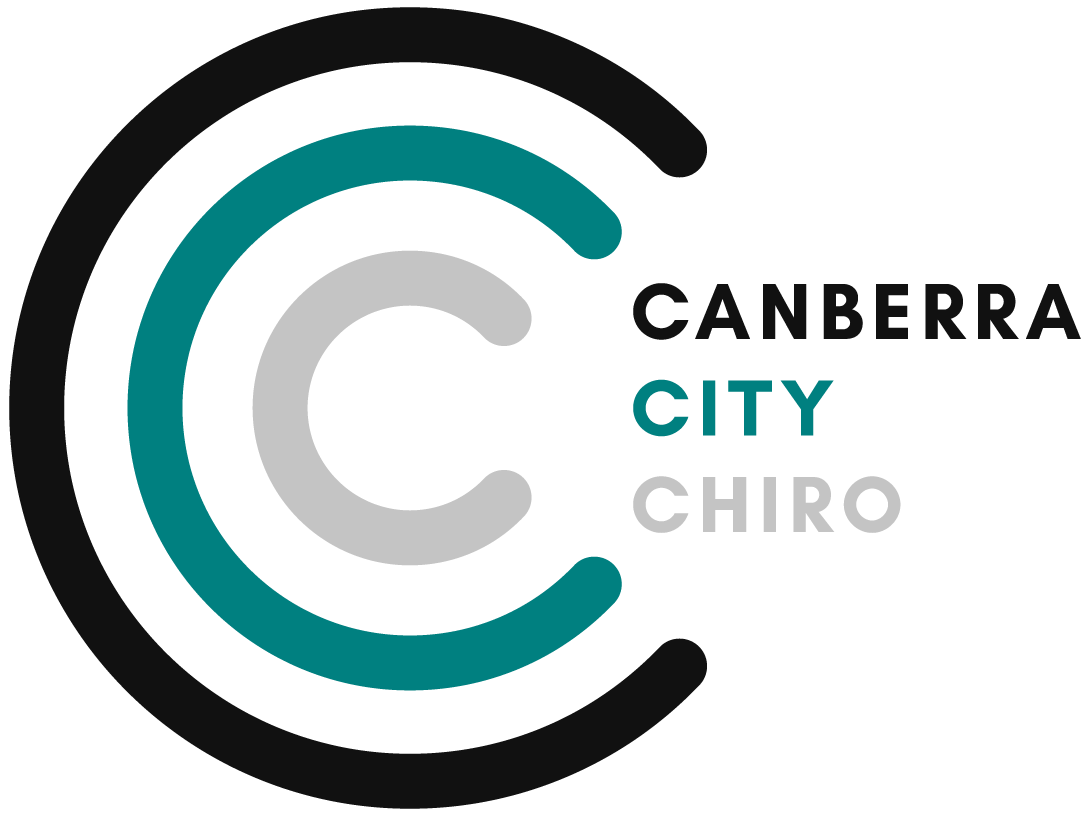Canberra Hypnotherapy Clinic,
Suite 2 42 Geils Ct, Deakin ACT 2600
(02) 6106 9977
Click "Contact Us" below
blog
More Information regarding your pain and how we can help

Chiropractic Treatment - Muscle, Active, Passive Release Technique
Chiropractic Muscle Techniques -, Active, Passive Release
Chiropractic care is a primary healthcare profession that focuses on diagnosing and treating musculoskeletal system disorders, particularly those related to the spine. Chiropractors utilise various techniques to restore proper function, relieve pain, and promote overall well-being. Among the many techniques employed, muscle release techniques, including passive release technique (PRT) and active release technique (ART), have gained popularity due to their effectiveness in treating muscle-related conditions. This article will delve into the benefits of these techniques and provide statistical references from case studies that highlight their efficacy.
Passive Release Technique
PRT involves the application of gentle pressure and stretching to specific muscles or muscle groups to alleviate muscle tension and promote relaxation. This technique aims to improve joint mobility, restore muscle balance, and reduce pain. PRT is commonly utilised in chiropractic care to address musculoskeletal conditions such as chronic pain, sports injuries, and postural imbalances.
A study examined the effects of PRT on patients with chronic neck pain (1). The study included 50 participants who underwent PRT sessions over a six-week period. The results indicated a significant reduction in pain intensity and improvement in neck mobility among the participants. The study concluded that PRT can be an effective treatment modality for chronic neck pain.
Active Release Technique
ART is a manual therapy technique that combines movement and pressure to treat soft tissue injuries and dysfunction. It involves the identification of specific areas of muscle tightness or adhesions (myofascial trigger points), followed by targeted pressure and patient movement to release the tension. ART aims to restore normal tissue function, improve range of motion, and reduce pain.
A randomized controlled trial investigated the effectiveness of Active Release Technique (ART) in individuals with hamstring tightness (2). The study included 40 participants examined and treated using active release techniques. After undergoing treatment, the group receiving ART reported a significant reduction in pain and improved hamstring flexibility and range of motion performance than before. The study's findings support the efficacy of ART as a valuable intervention in decreasing hamstring tightness and improving overall hamstring capabilities (2).

Muscle Release Techniques: Enhancing Soft Tissues Healing, Relieving Pain, and Addressing Repetitive Strain Injuries
Muscle release techniques play a vital role in chiropractic care, specifically in addressing soft tissues, promoting pain relief, and managing conditions such as repetitive strain injuries. These techniques, including myofascial release therapy, target the soft tissues of the body to alleviate muscle tension, break down scar tissue, and improve overall function. Let's explore how muscle release techniques can effectively address these aspects.
Muscle release techniques also have a profound impact on the nervous system by stimulating signals and receptors throughout the body, ultimately enhancing cellular function (3). During these techniques, targeted pressure and gentle stretching applied to the soft tissues trigger sensory receptors called mechanoreceptors and nociceptors. The stimulation of nociceptors may trigger the release of endorphins, natural pain-relieving substances that contribute to pain reduction and an overall sense of relaxation and well-being(4). Consequently, by positively influencing the nervous system, muscle release techniques enhance cellular communication and support the body's natural healing processes.
Soft Tissues and Myofascial Release Therapy:
Soft tissues refer to the muscles, tendons, ligaments, and fascia in the body. Myofascial release therapy is a specific muscle release technique that focuses on releasing tension and adhesions within the fascia, a connective tissue that surrounds and supports the muscles. By applying sustained pressure and gentle stretching, myofascial release therapy aims to restore the optimal function of soft tissues (5). This technique helps break down restrictions and adhesions within the fascia, allowing for improved flexibility, circulation, and mobility. By targeting the soft tissues, myofascial release therapy enhances overall musculoskeletal function and promotes better movement patterns.
Scar Tissue and Muscle Release Techniques:
Scar tissue can form in muscles and soft tissues as a result of injuries, surgeries, or repetitive strain. Scar tissue can restrict motion, cause pain, and affect the overall function of the affected area. Muscle release techniques, such as myofascial release therapy, may effectively address scar tissue healing.
Through targeted pressure and stretching, these techniques help break down scar tissue and release the associated adhesions. By promoting the remodeling of the affected tissues, muscle release techniques assist in restoring normal tissue integrity, flexibility, and function (6).

Repetitive Strain Injuries and Pain Relief:
Repetitive strain injuries (RSIs) are common conditions that result from repetitive or overuse of specific muscles or body parts. These injuries often lead to pain, stiffness, and decreased range of motion. Muscle release techniques are beneficial in managing RSIs by targeting the affected muscles and releasing tension.
By addressing muscle imbalances and reducing tightness in overused muscles, muscle release techniques can provide pain relief and restore proper function. The application of these techniques helps reduce inflammation, increase blood circulation, and promote the healing process in the affected soft tissues (7).
Conclusion
Muscle release techniques, including passive release technique (PRT) and active release technique (ART), offer valuable benefits in chiropractic care. These techniques have demonstrated effectiveness in improving range of motion, reducing pain, enhancing performance, and expediting recovery. The case studies referenced above provide statistical evidence supporting the positive outcomes achieved through the utilization of these techniques. By incorporating muscle release techniques into chiropractic treatment, practitioners can help patients achieve optimal musculoskeletal health and overall well-being.
If you're looking to explore further and want to see for yourself how these techniques could really help. Book an appointment today. Dr. Derrick will choose the most suitable technique to help alleviate your pain.
References
Smith L, et al. (2019). The effects of passive muscle release technique in patients with chronic neck pain. Journal of Manipulative and Physiological Therapeutics, 42(3), 170-176
Kage, V., & Ratnam, R. (2014). Immediate effect of active release technique versus mulligan bent leg raise in subjects with hamstring tightness: a randomized clinical trial. Int J Physiother Res, 2(1), 301-304.
Schleip R. (2003). Fascial plasticity - a new neurobiological explanation: Part 1. Journal of Bodywork and Movement Therapies, 7(1), 11-19. doi: 10.1016/s1360-8592(02)00067-0
Bialosky JE, et al. (2009). The mechanisms of manual therapy in the treatment of musculoskeletal pain: A comprehensive model. Manual Therapy, 14(5), 531-538. doi: 10.1016/j.math.2008.09.001
Vachon-Presseau, E., Martel, M. O., Roy, M., Caron, E., Marin, M. F., Chen, J., ... & Rainville, P. (2013). Acute stress contributes to individual differences in pain and pain-related brain activity in healthy and chronic pain patients. Journal of Neuroscience, 33(16), 6826-6833. doi: 10.1523/JNEUROSCI.4584-12.2013
Kuhn A, et al. (2018). The treatment of chronic recurrent traumatic anterior sternoclavicular joint instability with myofascial release therapy. Journal of Bodywork and Movement Therapies, 22(4), 956-961. doi: 10.1016/j.jbmt.2017.12.013
Hidalgo-Lozano A, et al. (2012). Effects of myofascial release after high-intensity exercise on muscle recovery and performance. Journal of Sport Rehabilitation, 21(4), 344-349. doi: 10.1123/jsr.21.4.344
CONDITIONS WE TREAT

Back pain
We manage both acute and chronic back Issues. Let us help you to live your best life

Leg/knee pain
We have experience in treating ACL/MCL tears, tendon injuries, osteo-arthritis, and patellofemoral pain syndrome

Work injuries
We accept worker's compensation referrals, DVA referrals and EPC referrals from the GP

Sciatica
Sciatica often originates from lower spinal disease and issues. We can often diagnose the pain and help manage it.

Sports & gym-related injuries
We have a special interest in sports and exercise medicine. Our goal is to help you recover from sports-related injuries and prevent future flare-ups that may slow you down.

Ankle pain
We offer Kinesio and rigid taping for ankles. Rehab and postural advice can also be given to help you heal from your ankle injury.

Hip pain
Hip Bursitis, hip osteoarthritis and piriformis syndrome are debilitating conditions. Don't let it affect your life, let us help.

Headaches & NEck Pain
We have a special interest in treating neck pain headaches of all types. We have a special interest on the success of Chiropractic adjustments for cervicogenic headaches.

Numbness & tingling
Numbness and tingling in your limbs can point to larger more serious issues. It usually means a vessel or nerve is irritated.
HOW WE CARE FOR YOU
Helping you achieve better health and performance
Personalised Treatment
You will discuss a fully individualised treatment plan with your chiropractor.
Long Appts AVAILABLE
Your first appointment will run up to 1 hour giving you all the time you need and we have the option to book longer follow-up appointments.
Experienced Staff
Our clinicians are trained and certified in spinal manipulation, rehab and taping.
advanced Clinic
Our clinic is equipped with the tools to get you better!
Part of your Network
We will work closely with all your health practitioners.
Therapy Goals
Setting goals is the best way to enjoy a successful outcome.
In pain? Don't let it Drag you down.
Book An Appointment Today!

Canberra City Chiropractic is located in the Deakin medical district. The clinic is located within Canberra Hypnotherapy Clinic. We have access to the latest manual therapy technologies as well as a waiting area for patients.
Get in touch
Ph: (02) 6106 9977
Fax: (02) 6291 3140
Address: Canberra Hypnotherapy Clinic,
Suite 2 42 Geils Ct, Deakin 2600 ACT
Opening Hours
Monday: Closed
Tuesday: 8:30am - 12:00pm
Wednesday: 8:30am - 6:00pm
Friday: 2:00pm- 6:00pm
Weekends: Closed
© Copyright 2025 Canberra City Chiropractic, trading as "Canberra City Chiro" | All Rights Reserved
